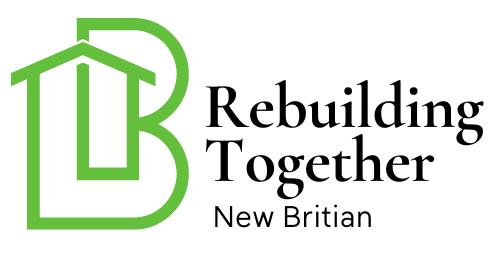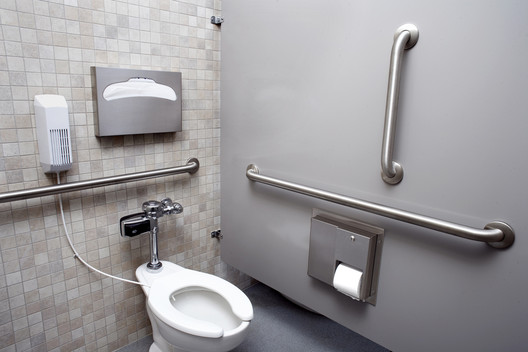Creating a safe bathroom environment is crucial for everyone, especially for the elderly and those with mobility challenges. By focusing on bathroom design to prevent falls, homeowners can significantly reduce the risk of accidents. This article explores various design strategies to enhance safety without compromising on style or comfort.

Understanding the Importance of Bathroom Safety
The bathroom is one of the most accident-prone areas in a home due to wet surfaces and confined spaces. Implementing thoughtful design changes can make it safer for all users. According to a study by the National Library of Medicine, falls are a leading cause of injury, particularly among older adults.
Identifying High-Risk Areas
Identifying and addressing high-risk areas in the bathroom is the first step towards preventing falls. Common areas include the shower, bathtub, and around the toilet. Installing safety sensors can help monitor these spaces and alert users to potential hazards.
Choosing the Right Flooring
The choice of flooring plays a critical role in bathroom design to prevent falls. Opt for non-slip tiles or textured flooring to provide better grip. For additional safety, consider flooring with texture that can reduce the risk of slipping.
Enhancing Shower and Tub Safety
Installing Grab Bars
Grab bars are essential in any bathroom, providing support and stability for users. Position them strategically near the shower and bathtub to assist with entry and exit.
Opting for Walk-In Showers
Walk-in showers eliminate the need to step over high tub walls, reducing tripping hazards. Equip these showers with a slip-resistant surface for added safety.
Using Shower Chairs
For those with limited mobility, a shower chair can provide a safe and comfortable bathing experience. Ensure the chair is sturdy and designed for use in wet conditions.
Improving Toilet Safety
Installing Raised Toilet Seats
Raised toilet seats make it easier for individuals to sit and stand, reducing the risk of falls. These seats are particularly beneficial for elderly users.
Adding Support Rails
Support rails near the toilet provide additional stability. Ensure they are securely installed and can support the user’s weight.
Enhancing Bathroom Lighting
Using Motion Sensor Lights
Motion sensor lights automatically illuminate the bathroom when someone enters, preventing falls caused by poor lighting. Consider integrating safety sensors into the lighting design for additional convenience.
Ensuring Adequate Lighting
Ensure the bathroom is well-lit at all times. Use bright, energy-efficient bulbs and consider adding night lights for visibility during nighttime visits.
Reducing Clutter and Enhancing Organization
Using Organized Storage Solutions
Keep the bathroom tidy by using organized storage solutions. Wall-mounted shelves and cabinets reduce clutter and free up floor space, minimizing trip hazards.
Securing Loose Items
Ensure rugs and mats are non-slip or securely anchored to prevent tripping. Use waterproof mats for added safety.
Additional Safety Features
Installing Anti-Scald Devices
Anti-scald devices prevent water temperatures from reaching dangerous levels, reducing the risk of burns and falls from sudden hot water exposure.
Childproofing Bathroom Fixtures
Families with young children should consider childproof faucet covers to prevent accidental burns and injuries.
Incorporating Technology
Smart technology, such as voice-activated controls and smart mirrors, can enhance safety by reducing the need for physical interaction with bathroom fixtures.
Conclusion
Designing a bathroom with safety in mind is essential for preventing falls and creating a comfortable environment for all users. By considering various elements such as flooring, lighting, and safety features, homeowners can significantly reduce the risk of accidents. For further reading on bathroom safety, consider exploring resources like StoryPoint which offers additional insights into bathroom safety for the elderly.

FAQ
What are the most important features for a safe bathroom?
Key features include non-slip flooring, grab bars, adequate lighting, and organized storage solutions to reduce clutter.
How can I make my bathroom safer for elderly family members?
Consider installing raised toilet seats, grab bars, and using non-slip mats. Adequate lighting and organized storage also contribute to a safer environment.
Are there any technological solutions for bathroom safety?
Yes, smart technology such as motion sensor lights and voice-activated controls can enhance bathroom safety by reducing the need for physical interaction with fixtures.
This article contains affiliate links. We may earn a commission at no extra cost to you.

